Wildflowers, Grasses and Other Nonwoody Plants
Media
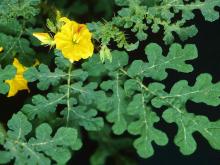
Species Types
Scientific Name
Solanum rostratum
Description
A spiny annual with bright yellow flowers and dandelion-like leaves, buffalo bur is an introduced member of the nightshade family.
Media
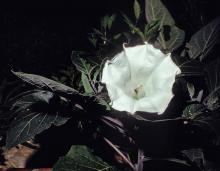
Species Types
Scientific Name
Datura stramonium
Description
Pretty but poisonous, jimsonweed has white goblet-shaped flowers that open around midnight. This native of tropical America was introduced nearly throughout the United States and thrives in disturbed soils.
Media
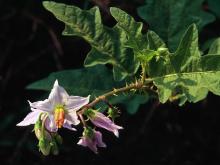
Species Types
Scientific Name
Solanum carolinense
Description
Horse nettle is a native perennial with spiny stems and leaves, white to purplish flowers, and toxic fruits that look like tiny yellow tomatoes. It does well in disturbed habitats, and many people consider it a weed.
Media
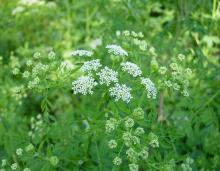
Species Types
Scientific Name
Cicuta maculata
Description
Full grown, water hemlock looks something like a gigantic Queen Anne's lace, but this common, widespread member of the carrot family is the most toxic plant in North America. All parts are deadly. A piece of root the size of a walnut can kill a cow-sized animal.
Media
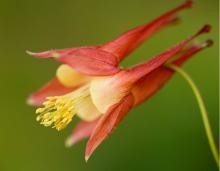
Species Types
Scientific Name
Aquilegia canadensis
Description
Native to much of eastern North America, eastern red columbine's range almost matches the breeding territory of the ruby-throated hummingbird, its number-one pollinator. Its bloom time matches the hummingbird's northward migration, too.
Media
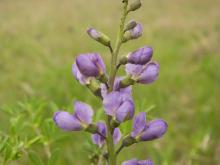
Species Types
Scientific Name
Baptisia australis
Description
Blue false indigo is a native bushy perennial with three-parted compound leaves and showy, upright stalks of blue pea flowers. The seedpods are inflated and turn black upon maturity, and the seeds rattle around in the dry pods.
Media
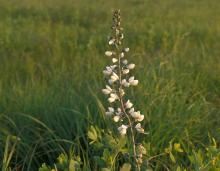
Species Types
Scientific Name
Baptisia alba (formerly B. leucantha)
Description
White wild indigo is the tallest species of false indigo in Missouri. It has a robust, striking presence, with white flowers and a shrubby look. Look for it statewide, in prairies and glades and along roadsides, streams, and valleys.
Media
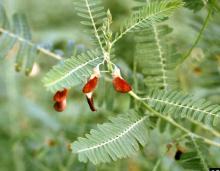
Species Types
Scientific Name
Sesbania herbacea (formerly S. exaltata)
Description
Sesbania, a type of legume, may become a troublesome species in wetland communities that are managed for waterfowl.
Media
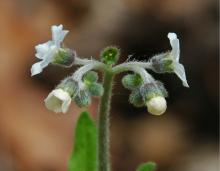
Species Types
Scientific Name
Cynoglossum virginianum
Description
Wild comfrey has large basal leaves that are soft, hairy, and elliptical with long petioles — they look like hounds’ tongues! The upright flowering stalk has few leaves and looks like a wand.
Media
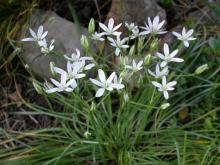
Species Types
Scientific Name
Ornithogalum umbellatum
Description
Star of Bethlehem is an introduced exotic plant that makes clusters of bright white flowers in the spring. It reproduces prolifically by forming a multitude of bulbs underground.
See Also
About Wildflowers, Grasses and Other Nonwoody Plants in Missouri
A very simple way of thinking about the green world is to divide the vascular plants into two groups: woody and nonwoody (or herbaceous). But this is an artificial division; many plant families include some species that are woody and some that are not. The diversity of nonwoody vascular plants is staggering! Think of all the ferns, grasses, sedges, lilies, peas, sunflowers, nightshades, milkweeds, mustards, mints, and mallows — weeds and wildflowers — and many more!





















